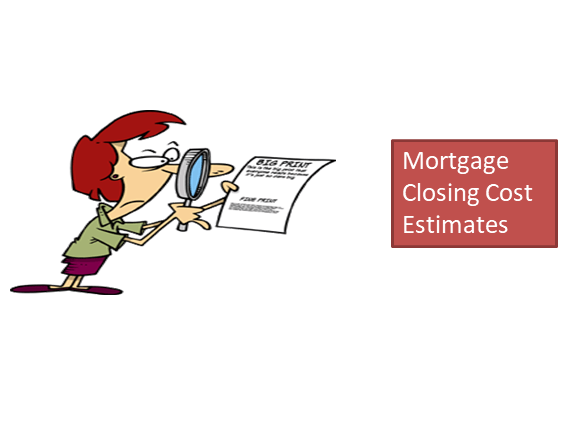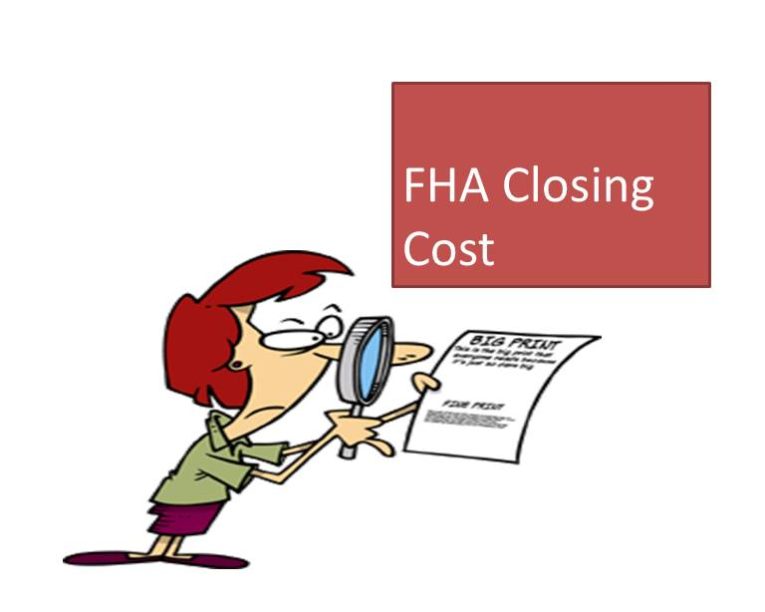Mortgage Escrow Accounts- what is the purpose?
The GSEs (Fannie Mae and Freddie Mac, specifically)- require escrow accounts for any mortgage submitted to them that has an LTV (loan to value) greater than 80%, (less than 20% downpayment).
FHA/VA and USDA- normally require an escrow account regardless of the loan to value.
Mortgage escrow accounts are opened and are used by the lender to hold your hazard (homeowners insurance), and taxes on the loan. Flood Insurance payments may also be added and any HOA (homeowners association fees) fees if applicable.
The initial amounts are deposited into these accounts when the loan is closed and then the borrower pays a monthly amount that is added to their payment.
The lender has a lien interest in the property as they have furnished the funds to buy the home. Therefore they want to make sure that the funds for taxes and insurance, and any other required amounts for the property are available. The lender must make sure the funds are paid when they are due.
When Are These Fees Collected
When you are given your preliminary approval you will get a Loan Estimate within 3 business days and these fees will be included in the estimate. You will be the one to choose the Insurance Company and get the cost of the policy for the loan amount.
When the mortgage loan closes, the lender will collect the first year 12-month premium amount on the policy with the insurance company you chose. This is ( from the closing agent), and the tax amount for the property is also obtained.
- Required @ closing – 12-month insurance policy and 2 months escrow amount is generally the rule for insurance.
- Taxes are generally prorated between the seller and the buyer depending upon how long the seller has been in the house for the year the loan is closing. Some lenders indicate they collect for 10 months to ensure funds are available. **this will depend upon the property location, the lender, and the funds needed to secure payment when due.
Who Holds These Mortgage Escrow Accounts
When a mortgage loan is closed the servicing lender (is not always the lender who originated the loan), establishes an escrow account to hold the funds collected at closing to pay the yearly premiums for the perspective account.
This is hazard insurance, taxes for the location of the property, and other requirements for the specific property type.
- These funds for the first year are added to the closing cost when the loan is closed. Then the monthly amount is added to the PITI (principal, interest, taxes, and insurance payment), for the next year’s premium to be in place when due.
- Normally, mortgage insurance (PMI) which insures the lender if a default occurs if LTV is greater than 80% (less than a 20% downpayment) is also added to the PITI but is generally paid monthly with the payment without escrow.
There are rules and regulations that the lender must adhere to. They cannot randomly collect more than is necessary to support the calculations.
Prior To Setting Up The Escrow Account
Escrow account analysis means the accounting that a servicer conducts in the form of a trial running balance for an escrow account to:
(1) Determine the appropriate target balances;
(2) Compute the borrower’s monthly payments for the next escrow account computation year and any deposits needed to establish or maintain the account; and
(3) Determine whether shortages, surpluses, or deficiencies exist.
It is stated that some banks/lenders require an escrow account regardless of the LTV at closing for the first 5 years of the loan. The GSEs do not have this requirement.
Fannie Mac does not require an escrow deposit for flood insurance premiums for an individual condo unit, co-op, or PUD if the properties are located within a complex that is covered by a blanket insurance policy purchased by the HOA (Home Owner’s Association), or co-op corporation.



